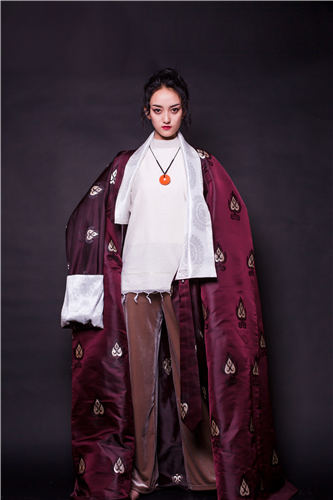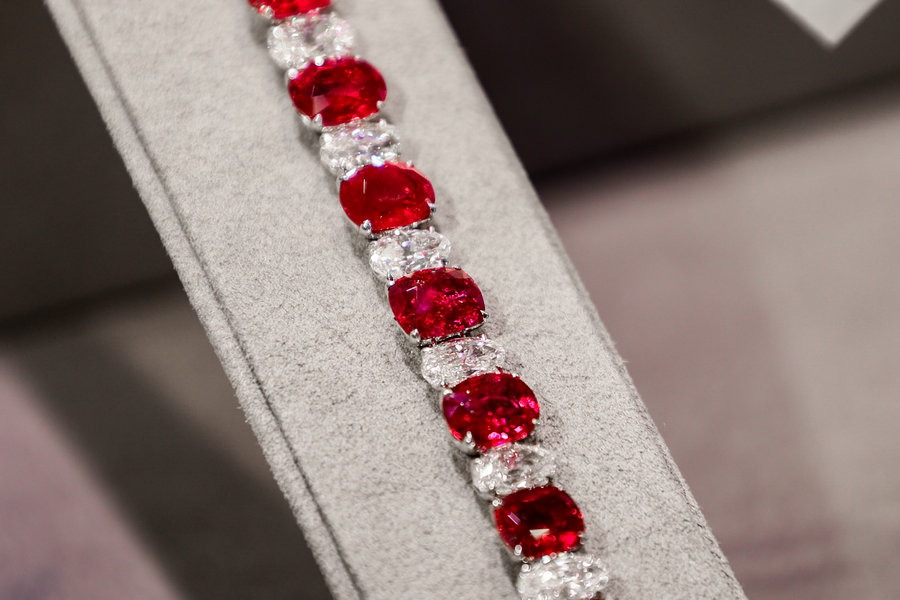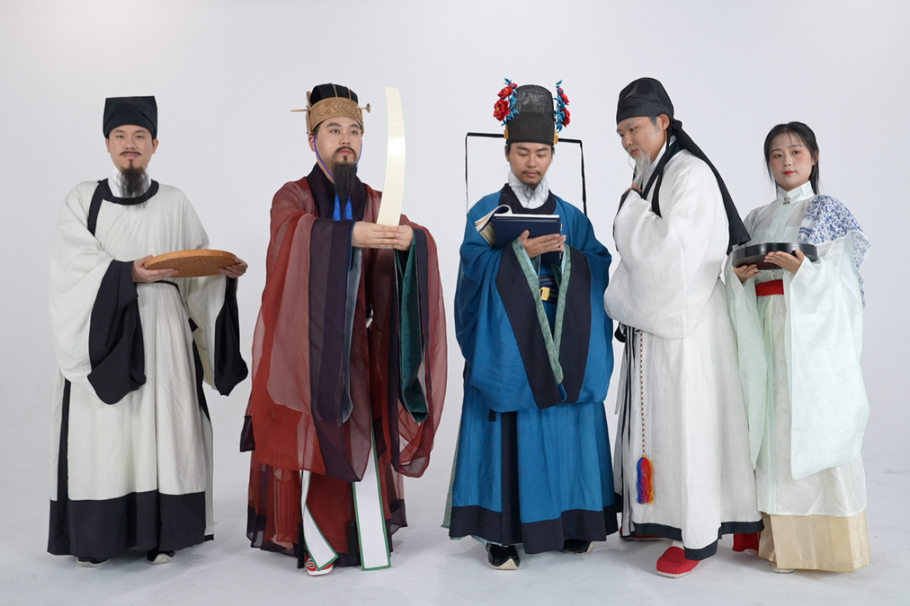Dressing for success


The heavy and thick clothes also helped to keep them warm in the depth of winter, and the sleeves were removable for working in the hot summer. However, these days, young Tibetans in Lhasa, capital of Southwest Tibet autonomous region, only wear the costume at grand events such as festivals or parties due to the complicated way of dressing.
"If you have to take 30 minutes to put on your clothes every time, you will not want to wear it," Li adds. The goal is to make wearing Tibetan costume as easy as wearing a shirt.
The institute, which was officially inaugurated in September, expects to study the long history and culture behind the clothes, collect all the existing patterns of Tibetan costume, invite experts to create innovative designs, help local apparel companies to grow and then, finally, build a self-owned brand that's internationally renowned, Li says

"I've seen very expensive clothes from some global fashion brands that only have one piece of cloth and a belt - the same as Tibetan costume. If they can make it luxurious and brand it, then why can't we?"
"People can also learn more about Tibetan culture through this apparel, too," agrees Chemi Dolkar, an artistic design teacher from the Tibet University in Lhasa. "It's the most direct way."
During the expo, 30 outfits, designed by nine students from the university, were on display. They also attended the 2016 Shanghai fashion week.
"The clothing has close links to the region. You can tell where a person comes from without even speaking a word, you know, simply by looking at their clothes," she says.



































